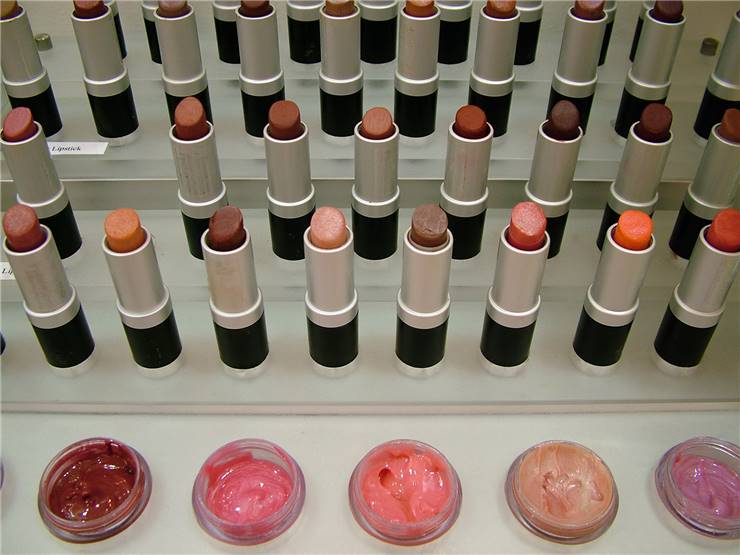How Lipsticks are Made?
For the last four thousand years, chemist and inventors tried to improve lipstick formula with many new ingredients and recipes. No matter how much time has passed, and fashion moods changed the way we use lipstick, its basic formula always remained the same. In its most basic form lipstick is the mix of oils, waxes and pigments which form a mass that can easily be applied to our lips. Creating a viable formula is not an easy job, and for a good lipsticks a lot of time and sometimes hundreds variations of recipe is needed to make it perfect. Some of the few important properties of lipsticks are its color, opacity, fragrance, and dryness.
Before making lipstick, ingredients must be chosen. The most basic ingredients of every lipstick are waxes, oils, and pigments, but many other substances can be introduced into the mix that will enhance certain parts of the final product and add it some specific new features such as fragrance, longevity and gloss. Some of the most common secondary ingredients are preservatives (to ensure longer shelf life), alcohol (solvent for other substances), fragrance (oils and waxes can sometimes have their own smell and taste, which needs to be eliminated), and others.

The most common lipstick manufacturing procedure is done in four stages.
1. Pigment milling, in which you chose desired pigment, or the combination of pigment and then carefully mix them. Then, pigment is joined with oils and put through three-roll mill which grind ever particle usually to the size of 20 microns. Common ration of oil and pigment is 2 to 1 particles.
2. Combination of pigment phase into base wax is done with simple mixing of those liquids in a steam-jacketed kettle that is equipped with one propeller agitator. After successful mixing, resulting liquid is again put through three-roll mill and usually grinded down to particle sizes of 20 microns.
3. Molding is done at specific temperatures to eliminate certain unwanted products of fast cooling (sometimes called “cold marks”). Lipsticks liquid that is heated to around 80 C is poured into vertical split molds that are kept at temperature of around 35 C. To prevent formation of air bubbles in the molds, manufacturers often use slightly tilted molds or use vacuuming to forcefully extract any air.
4. Resulting lipstick is cooled down, extracted from the molds and prepared for flaming (passing of the sticks near one or several open flame torches that will meltsmall layer of gloss around lipsticks). This procedure will ensure better visual appearance of the lipstick, and protection from outside air and influences (lipsticks can become rancid after prolonged exposure to air, moisture and heat).
5. Packaging and labeling is done with the requirements of the manufacturers of brand owner.
